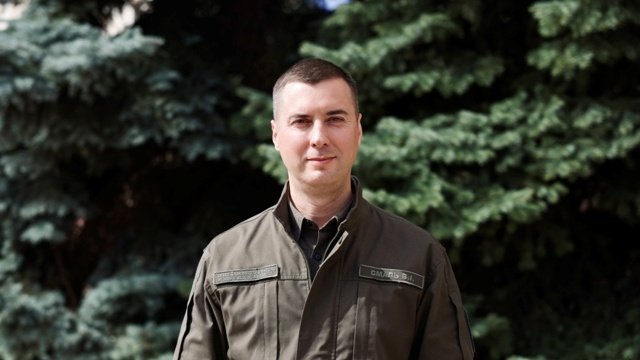Forest Decommunization. How we are creating a national nature park “repressed” almost a century ago

Victor Smal, Head of the State Agency of Forest Resources of Ukraine
1926, Central Ukraine. Scientists begin studying the forest massif known as the Black Forest. They prepare a justification for creating a nature park in these territories to protect unique landscapes as well as rare species of flora and fauna.
The scientists fail to complete their work. In the 1930s, the notorious Stalinist repressions begin. The idea of the nature park is postponed for several decades…
Decommunization is not about changing street name signs. It is primarily about eliminating the consequences of the damage that Soviet power caused to Ukraine.
That is why we are working on the creation of the national nature park (NNP) “Chornolisky-Bokovenkivskyi.” It will be located on the territory of the Znamianka, Dolynska, Oleksandrivska, Dmytrivska, Subottsi, and Hurivska communities of Kirovohrad region — the only region of Ukraine where there is still no national park.
Why the Black Forest?
Because these places are unique.
Today it is a large forest massif between the headwaters of the Inhul and Inhulets rivers. In fact, the Chornolisky and Chutivsky forests are among the largest broadleaf massifs on the southern boundary of forest distribution in Eastern Europe.
Ten thousand years ago, the largest glacier of Europe at that time reached here. This led to the formation of two completely different ecosystems located side by side. Such a “combination of the incompatible” is still evident today — and is of great scientific interest.
Twelve species listed in the Red Book grow here, among them — the dwarf spindle tree, a relict species. The future national park is also valuable for wild birds: in particular, the white-tailed eagle nests here in large numbers. Another rare inhabitant is the oak longhorn beetle. On the map of Europe, the Black Forest is the place where this beetle is recorded in the greatest numbers. And this list can go on.
On the territory of the forest massifs, there are three craters — traces of cosmic objects falling. The largest crater reaches 25 km in diameter!
On these unique lands, geology, botany, geography, and history all meet. I would like to emphasize history separately.
The Black Forest is the neighbor of the famous Kholodnyi Yar. It is just as much a witness of the Ukrainian national liberation struggles. The Black Forest is mentioned in the well-known work of Yurii Horlis-Horskyi, whose monument is located near the village of Rozumivka in Kirovohrad region. The grave of Chornyi Voron (the nickname carried by several insurgent leaders) is also located there.
The “inconvenient” historical facts may have been one of the reasons for the lack of attention to the Black Forest — as it was with the already mentioned Kholodnyi Yar or the city of Baturyn. The Soviet authorities focused exclusively on the partisan movement during World War II. By the way, this argument is still used by opponents of the national park — they say that only Soviet partisans were here, and the forest has no other historical significance.
Economic arguments
Of course, history is not the main argument of the opponents. First of all, they have economic ones: loss of jobs, inability to carry out economic activities in the forest.
In reality, the NNP will not destroy but, on the contrary, will create jobs. After all, the park needs an administration, permanent employees.
As for economic activities — indeed, the NNP is created to conserve nature in a form as close as possible to its original state. At the same time, it is wrong to think that the entire national park is a fenced-off territory where no one is allowed.
The legislation on national nature parks provides for zoning of the territory. In recreational and economic zones, which occupy more than 80% of the NNP territory, one can collect mushrooms and berries, and freely visit the forest. Under certain conditions, timber harvesting is also carried out.
In this matter, we are once again getting rid of the Soviet approach, where efficiency and expediency were not taken into account. For example, in Kirovohrad region there are already protected areas, but they lack administrations. No one takes care of them, and the forests are dying. The creation of a national park will solve this problem.
On the other hand, economic activities should not be prohibited in forests that are not protected. Communities must earn money, and economic feasibility must be preserved where it does not harm nature.
Conclusion
That is why we are determined to close this century-old “gestalt.” We hope we will not have to wait another 100 years — although bureaucratic processes greatly slow down the progress. With cautious optimism, I can say that a national park in Kirovohrad region may appear within six months. The final decision on its creation must be made by the President of Ukraine.
